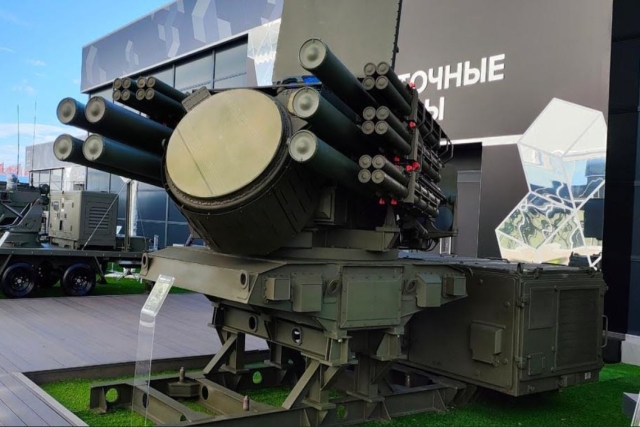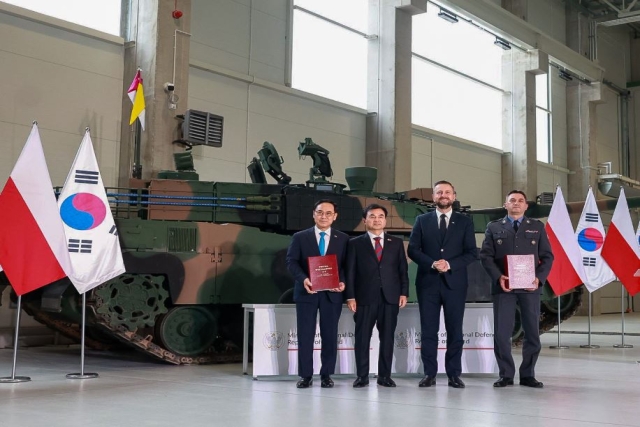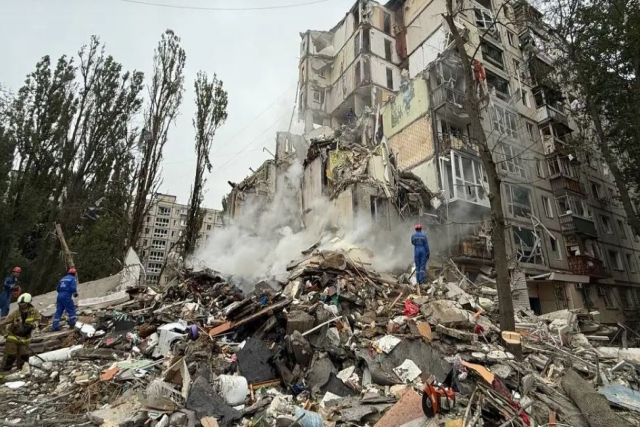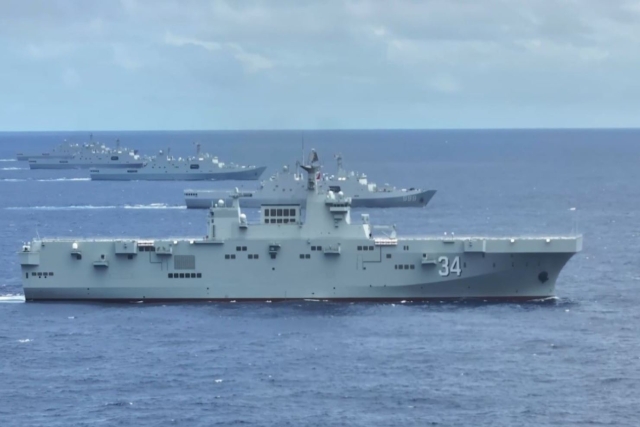Mahindra Defense Systems Sets up Systems Integration Laboratory For Land Vehicles Design And Develop

Brigadier Khutub Hai, CEO, Mahindra Defence Systems
Defenseworld.net interviewed Brig. Khutub Hai, CEO, Mahindra Defense Systems on his company's pitch for the Future Infantry Combat Vehicle Project.
DW : What is the main project you are currently focusing on?
Brigadier Khutub Hai, CEO, Mahindra Defence Systems: Our focus now is the bid for the Future Infantry Combat Vehicle (FICV) where we are among the four prospective Development Agencies. Two firms will be selected, under the first major “Make” project of the Indian MoD which is reserved for Indian companies. The latest we have heard is that the Integrated Project Management Team (IPMT) of the MoD has completed evaluating proposals of four companies. We are awaiting the results of our bid which we believe has a strong technological basis. In addition, we are working on several other land and naval systems projects.
DW : Can you describe your pitch for the FICV project?
Brigadier Khutub Hai, CEO, Mahindra Defence Systems: We started working on this two years ago to create a solution that will meet the requirements of the Indian customer. We are ramping up our capabilities in terms of systems integration, electronic architecture and weapons systems. To this end, we have set up a Systems Integration Laboratory in our factory in Faridabad near Delhi where we have erected a 3D Dome and are working on a computer model of our version of the FICV. We have developed a ‘touch and feel’ model of the FICV and have the inputs to start thinking about executing the project. The laboratory will help us to close a loop with the customer and provide constant feedback throughout the development cycle and the life cycle of the product. The customer can see the changes in a simulated environment and either approve them or suggest more modifications. This will ensure that we cut development time, reduce design risk, minimize cost and optimize resources and most important of all, incorporate the user’s views at every stage of development and subsequent deployment.
DW : What will happen to the investment and effort in setting up the systems integration laboratory if you do not make it to the final shortlist?
Brigadier Khutub Hai, CEO, Mahindra Defence Systems: What we have invested in is capability building. The systems integration laboratory will provide us with 3D rapid prototyping capability which will help us in our future projects as well. For example, we are bidding for the Light Armored Vehicle (LAM) project which is a ‘buy and make’ project meaning we can buy technology from abroad and make the product in India. The investment is not just physical assets. It is also building the technical skills of our people. We have a team of 30 engineers working there and they are constantly interacting with our potential suppliers which will help us to build a supply chain and identify the components which will go FICV and the companies which make them. We are also upgrading our own capability to develop lethality solutions, mobility solutions and survivability solutions in land systems and the laboratory will enable us to progress from the R and D stage to systems integration and then to the final product in a relatively short time.
DW : You have entered into a joint venture with BAE Systems, are there similar joint ventures planned with other companies including Indian PSUs to tap the growing Indian defence market?
Brigadier Khutub Hai, CEO, Mahindra Defence Systems: Following our JV with BAE Systems for land systems, we recently entered into a JV with Telephonics in the area of radar and electronics. Telephonics provides radars and other electronics systems to all the leading aircraft manufacturing companies in the world. They even supply to Hindustan Aeronautics Limited (HAL) and we hope that our JV would supply to HAL as well. We are looking to set up an assembly plant for radar and electronics through this JV. The entry into the defence electronic sphere is a natural addition to what we have been doing as we need electronics capability. We have another project in the pipeline in the field of naval systems. I cannot reveal the name of our partner right now but you will hear of it soon enough. In addition, we have Bharat Electronics Limited (BEL) as a strategic partner to whom we plan to outsource some of the work in defence electronics for the FICV. Besides, we are awaiting government guidelines for collaboration between private firms and Indian defense public sector undertakings before making our next move on partnerships.
DW : You have released several up armoured vehicles such as the Rakshak and Marksman. How is the market response to them?
Brigadier Khutub Hai, CEO, Mahindra Defence Systems: Very good, I must say. We have orders from the Indian paramilitary forces for a good number of these vehicles. Our most recent release, the mine protected vehicle has received excellent response from potential users. In addition, an armouring facility has been set up in Ras Al Khaimah in the U.A.E. A company called Mahindra Emirates Vehicle Armouring has been formed there for this purpose to cater to markets in Afghanistan, Iraq, Africa and South America .
DW : As one of the leading land systems company in India, how do you see the market growing over the next few years?
Brigadier Khutub Hai, CEO, Mahindra Defence Systems: The Indian market is huge. The FICV, LAM, artillery guns and many other requirements are already in the pipeline and many new procurements are being planned. Our only concern is that the time between the issue of RFPs and the award of contact often does not follow the original time schedules. RFPs need to be articulated better so that bidders such as ourselves are able to understand the potential user’s requirements better and get most of the requirements right in the first instance.










